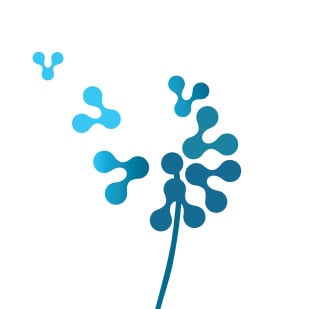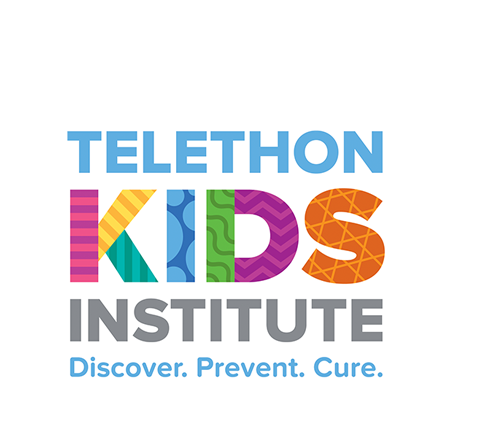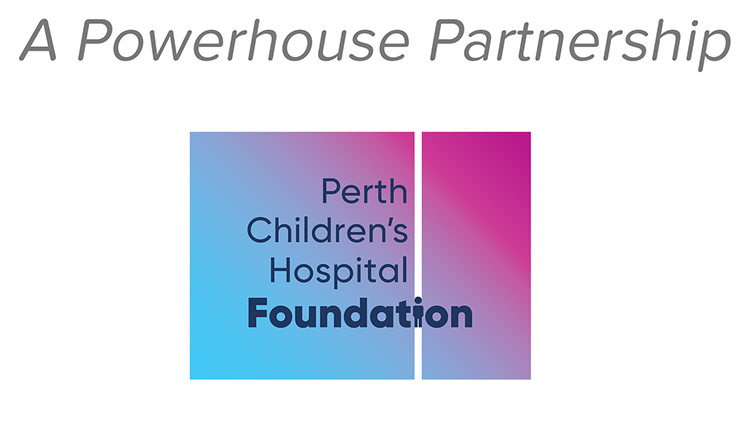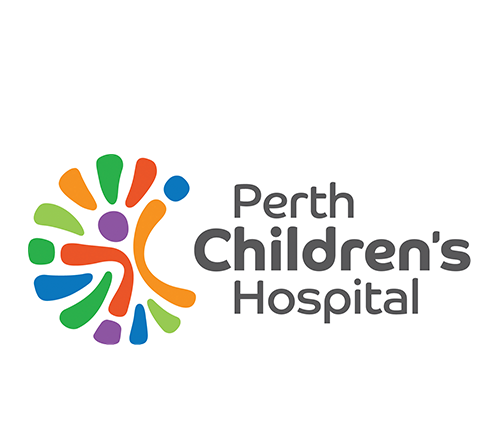Dr Ling talks phage therapy for Cystic Fibrosis lung infections
Dr Kak-Ming Ling |  @kakmingling
@kakmingling 
Investigating Phage Therapies for Cystic Fibrosis Patients
Individuals with Cystic Fibrosis (CF) produce thick, sticky secretions (mucus) in their lungs, which prevent the lungs from working efficiently, thus making breathing difficult. Mucus has been found to be chemically different in those with CF and the interaction between phages and the CF lung, including this thick mucus, is not well studied. We are interested in understanding whether CF mucus can change phage activity against specific bacteria. Previous studies in the gut have shown that phages can adapt to the mucus-rich environment and evolve to become more potent. This project aims to better understand the interaction between phages and the CF lung, and thus assess how they can be used as a therapy in these individuals.
Andrew discusses phage therapy for P. aeruginosa
 Andrew Vaitekenas|
Andrew Vaitekenas|  @AVaitekenas
@AVaitekenas
Investigating Mechanisms of Phage Resistance
Little is known about the response of bacteria to phage attack and how this knowledge can be used to make the most effective phage-based medicine. Bacteria can become resistant to phages, similar to how they have become resistant to antibiotics. However, resistance to phages has other effects on bacteria including making them less dangerous and more easily ‘cleared’ by the immune system. In many cases where bacteria become phage resistant, they can then be treated with antibiotics that they were previously resistant to. Therefore, phages and antibiotics do not replace each other but can work together in partnership. By understanding the effects different phages have on bacteria and how phages and bacteria respond to each other, different phages and antibiotics will be combined into a treatment that can prevent phage resistance and maximise bacterial killing.
Renee explains how phages are used in a clinical setting
 Renee Ng |
Renee Ng |  @_reneenicole
@_reneenicole
Developing a Pipeline for Phage Therapy
Pseudomonas aeruginosa (P. aeruginosa) is one of the most common antibiotic resistant bacteria around. Lung infections caused by P. aeruginosa are difficult to treat as they are invisible, making targeted treatment difficult. In addition, P. aeruginosa has the ability to form biofilms, which are communities of bacteria living together surrounded by a protective coating that antibiotics cannot penetrate.
In order to combat this, we have developed a pipeline to collect phages to target these superbugs. We have successfully built a library of phages which we are using to test against various clinical strains of P. aeruginosa. We have also developed ways to prepare these phages for therapeutic use by ensuring they do not carry detrimental genetic material and by cleaning them thoroughly so that they are safe to use in humans.
Joshua shares info on phage therapy for MRSA
Joshua Iszatt|  @JoshuaIszatt
@JoshuaIszatt
Developing a pipeline for MRSA bacteriophage
Staphylococcus aureus (S. aureus), has gained a reputation for becoming resistant to antibiotics very quickly. Antibiotic resistant S. aureus is also known as MRSA (Methicillin-resistant Staphylococcus aureus) and is a major concern for people who are prone to bacterial infections including those with Cystic Fibrosis (CF).
Kids with CF commonly catch S. aureus respiratory tract infections which are treated with antibiotics throughout early life. With repeated infections, resistance develops which can lead to persistent MRSA infection which is known to drive permanent airway damage.
As part of the phage team at The Wal-yan Respiratory Research Centre we are establishing a pipeline for the isolation and characterisation of phages that can target MRSA bacteria from individuals with CF. This pipeline includes the isolation of phage from locally sourced environmental samples and their characterisation, including their size and dimension usually taken via transmission electron microscopy.
 Rohan Flint|
Rohan Flint|  @RohanFlint
@RohanFlint
Investigating a Mechanism for Phage Application
Many antibiotic resistant infections occur in the lungs and these infections are difficult to access with treatment. Determining the best method to treat lung infections with bacteriophage therapy is a critical step in progressing phage therapy in this field. One method for delivering phage to infected lung environments is via nebulisation, where very small droplets of phage are created and dispersed into the lung. In this project, we aim to determine the most effective way to prepare phage suitable for the lung environment. We are also studying the most effective delivery methods, by comparing nebulisation devices and determining if these are able to deliver very high concentrations of live phage into the lung to kill AMR bacteria.
Jack Canning |  @Jackteriophage
@Jackteriophage
Developing a pipeline using phage therapy to treat rare antimicrobial resistant lung infections
Acinetobacter baumannii (A. baumannii) and Burkholderia cepacia (B. cepacia) are rarer causes of lung infection than Pseudomonas aeruginosa and Staphylococcus aureus, however both are naturally highly resistant to antibiotics. As a result, infection with these bacteria cause more severe infections which are extremely difficult to treat and are associated with poorer outcomes.
To address this, we are developing a bacteriophage (phage) treatment pipeline against these two superbugs. We have begun isolating and characterising numerous phages from local environmental samples that possess the ability to target A. baumannii and B. cepacia and plan to continue adding to these libraries. We will then identify those which have the greatest bacterial killing ability and conduct the appropriate preclinical tests to show that they are safe, which will help in deciding which phages would be the most suitable for treating humans.
Discover. Prevent. Cure.




